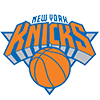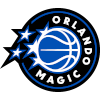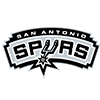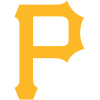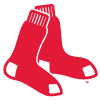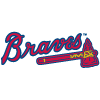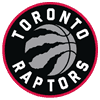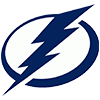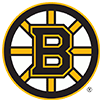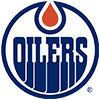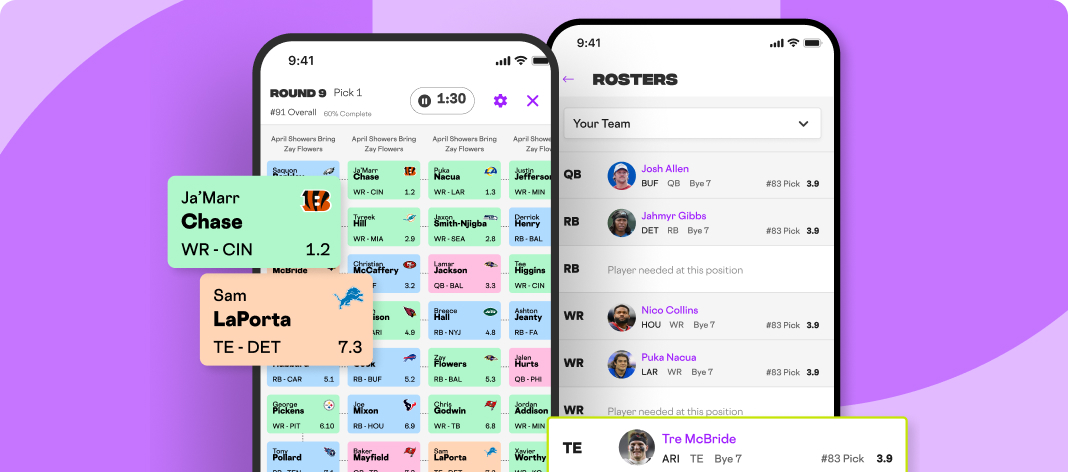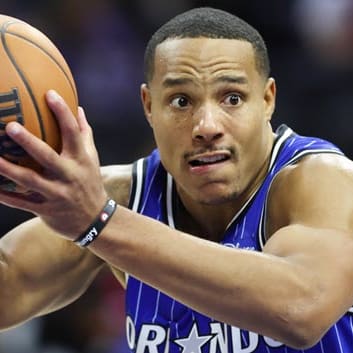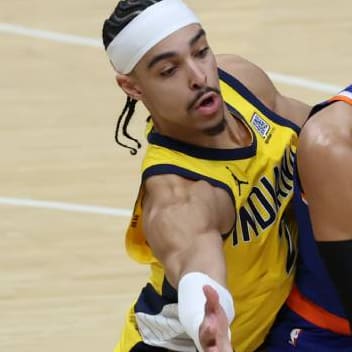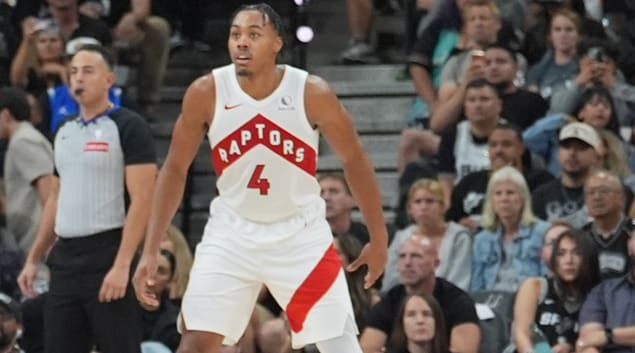Much like NBA teams, fantasy basketball managers can make trades that swing the course of an entire season. The NBA fantasy draft may set your initial roster, but trades often determine whether you finish in the middle of the pack or bring home a championship. Done strategically, trades can be just as important as draft day decisions.
To succeed, you'll need to stay informed on NBA projections, monitor lineup changes and keep an eye on injury reports. With the right mix of strategy, timing and negotiation, trades can transform your roster into a contender.
Why Trade Strategy Matters in Fantasy Basketball
Trades are one of the best opportunities to improve your team in-season. While the waiver wire has its moments when trying to enhance NBA starting lineups, it's rare to find difference-makers there. Smart trading allows you to:
- Upgrade across multiple categories.
- Balance roster weaknesses.
- Move on from players that don't fit your build.
No one drafts the perfect roster, which means most active owners in your league will be looking to upgrade. Your job is to position yourself to maximize value, using tools like an NBA fantasy draft cheat sheet and updated rankings throughout the year.
When to Buy Low and Sell High
While pre-draft fantasy basketball rankings serve as a foundation, trades are about spotting market inefficiencies during the season.
- Buy Low: Target underperforming players you expect to bounce back. Their owners may be frustrated and willing to move them.
- Sell High: Trade away hot starters whose production feels unsustainable.
Other managers know these concepts, too, so timing and creativity matter. Look for opponents desperate to climb the standings or eager to cash in on hype. Injuries can also create opportunities. If a star player shows up on the NBA injury report, you might acquire them at a discount if you're willing to wait for a late-season return.
Analyzing Player Value Before Making a Trade
Successful trading is about understanding value in the present, not just on draft day. Before making any move, consider:
- Recent performance trends.
- Minutes, role changes and schedule outlook.
- Category strengths and weaknesses in your matchup.
It's important not to rely too heavily on fantasy basketball auction values once the season begins. Those numbers are useful for draft day, but they don't always reflect current player performance or changing roles.
Similarly, NBA fantasy ADP (average draft position) should be used with caution after the draft. A player who was selected too early or too late compared to expectations may be performing at a completely different level once the season is underway.
Instead, focus on what's happening now. A player who is outperforming their preseason expectations might still be undervalued if the rest of your league hasn't adjusted. Use RotoWire's NBA projections and cheat sheet tools to evaluate whether a player you're targeting — or one you're considering trading away — is worth the deal.
Tips for Negotiating and Closing Trades
Most trades require back-and-forth. Rarely will your first offer be accepted. Here are a few key negotiation strategies:
- Expect counters: Negotiation is part of the game. Don't take rejection personally.
- Be flexible: Throw in lower-tier players or bench depth if it helps finalize a deal.
- Move quickly: Once you find the right trade, act before someone else swoops in.
In deeper leagues, you may need to be more patient. In most formats, however, role players can always be replaced on the waiver wire.
Build Smarter with RotoWire
Trades are fun, and they can change the trajectory of your season. Strategy, timing and good negotiation can make all the difference between a playoff run and missing the cut.
For an edge all season long, make sure you subscribe to RotoWire and its exclusive content. You'll get access to the fantasy basketball draft kit and:
- Updated fantasy basketball rankings.
- Real-time NBA injury reports.
- Detailed NBA projections.
- Customizable NBA fantasy draft cheat sheets.
- Insights into NBA fantasy ADP and trade targets.
Smart managers don't just draft well — they adapt, trade strategically, and use every tool available. Give yourself the advantage and dominate your league.






